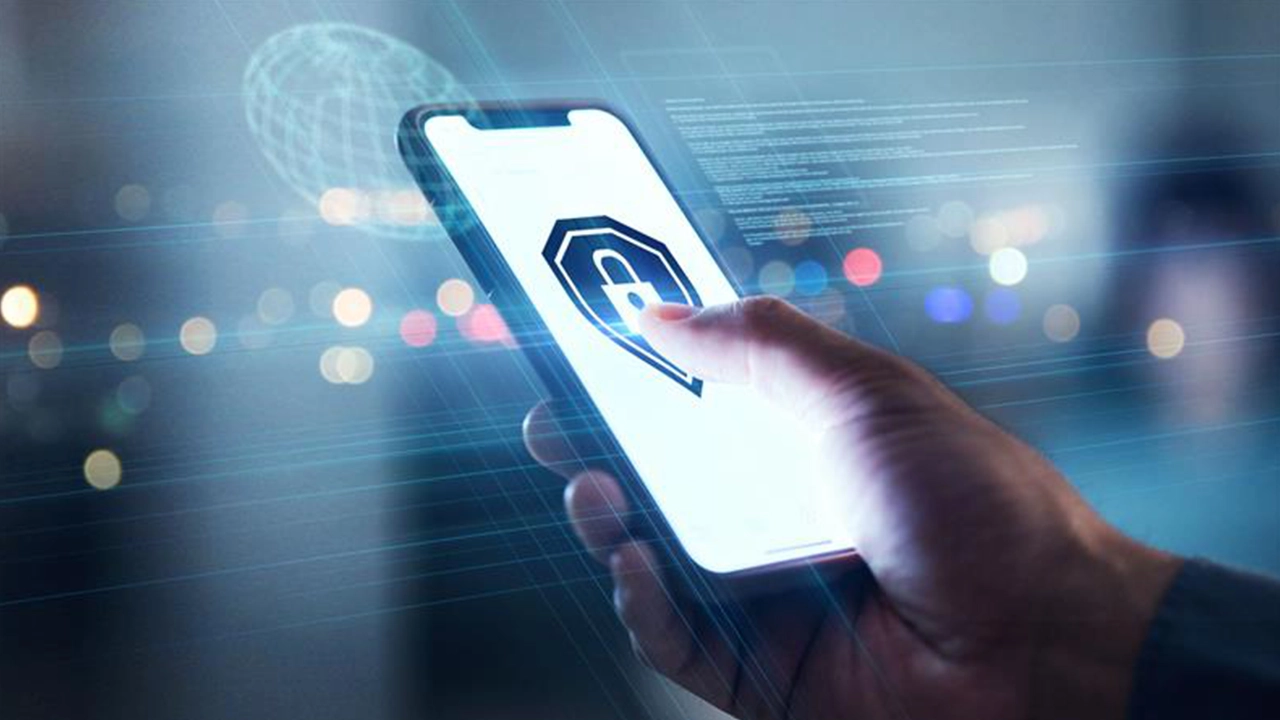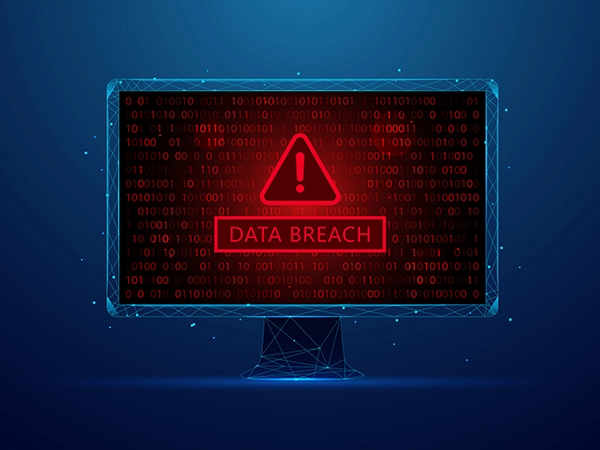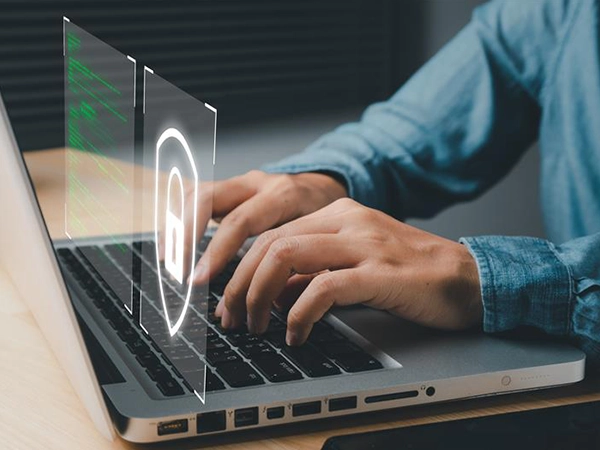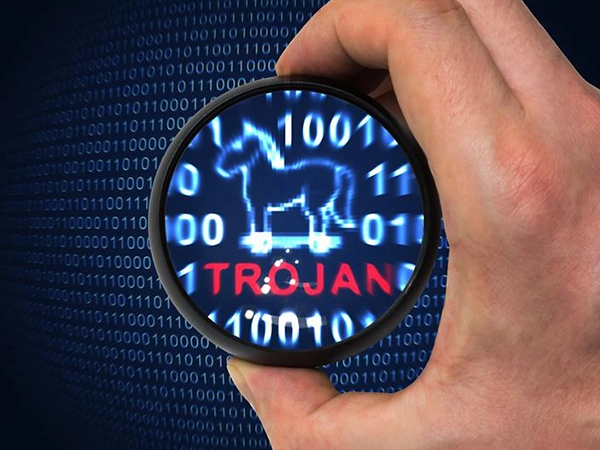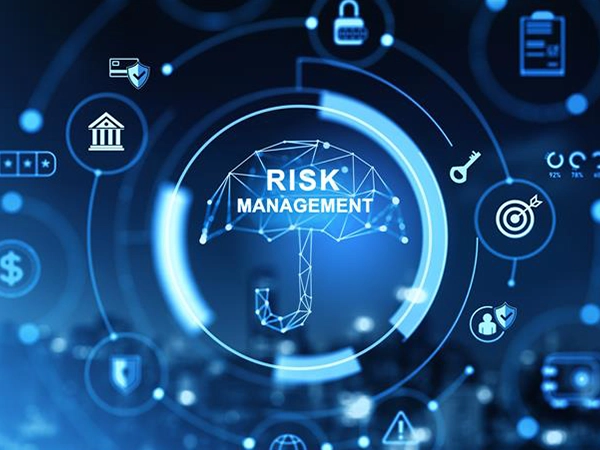Whether you’re selling your old phone, upgrading your laptop, or retiring company hardware, one thing you can’t afford to skip is secure data wiping.
As a CHFI-certified investigator, I’ve seen how often people give away personal data without realizing it. A forgotten backup, a half-reset phone, or an improperly wiped drive can expose years of private information.
This post breaks down why secure wiping is critical, how it actually works, and the right way to do it — even if you’re not tech-savvy.
Why Secure Data Wiping Matters
Every device you own tells a story — and not always one you’d want shared.
Your phone or laptop might still contain:
- Personal photos, videos, and messages
- Banking details, passwords, and saved logins
- Work emails and confidential business data
- Government IDs and digital signatures
Here’s the truth:
Deleting ≠ Erasing.
When you “delete” a file, the system only removes the reference to it, not the data itself. Until that storage space is overwritten, your files can still be recovered with free forensic tools.
I’ve personally handled cases where entire WhatsApp chats, browsing histories, and bank statements were pulled from devices people thought they’d wiped clean.
Why You Should Always Wipe Data Before Selling Your Phone
Before you pass on that device, ask yourself — what’s really leaving with it?
Here’s why data wiping isn’t just smart — it’s essential:
- Deleted data is recoverable. A factory reset alone often leaves behind recoverable fragments of your data.
- Identity theft is real. Recovered personal details can be used for scams, fraud, or impersonation.
- Private media can resurface. Photos, chats, and videos can be extracted and misused.
- Peace of mind. Once wiped securely, you can resell or recycle confidently.
- From a CHFI’s lens: Forensic investigators can recover “deleted” files even months later — which means bad actors can too.
- Digital hygiene. Wiping old data is as essential as shredding paper documents before disposal.
- Corporate compliance. For businesses, secure disposal helps meet GDPR, HIPAA, and ISO 27001 data-protection standards.
How to Securely Wipe an Android Phone
- Encrypt the Phone (If Not Already)
- Go to: Settings > Security > Encrypt Phone
- This makes your data unreadable even if someone tries to recover it later.
- Factory Reset
- Go to: Settings > System > Reset > Factory Reset
- Double Reset (Optional but Safer)
- After the first reset, fill the phone with random data (like videos or large files), then reset again.
- Use a Secure Wipe App (Optional)
- Tools like iShredder or Shreddit perform multiple overwrite passes to ensure nothing remains recoverable.
How to Wipe an iPhone Securely
- Sign Out of iCloud
- Go to: Settings > [Your Name] > Sign Out
- Erase All Content and Settings
- Go to: Settings > General > Transfer or Reset iPhone > Erase All Content and Settings
Good news: iPhones are encrypted by default, so once erased, your data becomes unrecoverable.
How to Wipe USB Drives, SD Cards & External Hard Drives
Don’t just “format” — that only hides the files.
Think of it like removing a book’s index while keeping all the pages intact.
Safer Options
For Everyday Users:
- Eraser (Windows)
- Disk Utility > Erase > Security Options (Mac)
- CCleaner > Drive Wiper (Windows)
For Advanced Users or Businesses:
- Use forensic-grade tools like DBAN or Blancco Drive Eraser that overwrite storage multiple times for complete sanitization.
Don’t Forget Your Cloud Backups
Even if your device is wiped, your old data might live in the cloud.
Before selling or recycling, make sure to:
- Delete backups from Google Drive, iCloud, or OneDrive
- Remove the device from your Google or Apple account
- Unlink synced services like Dropbox, WhatsApp, or Signal backups
| User Type | Recommended Tools | Notes |
| Everyday Users | Eraser (Windows) · Disk Utility > Erase > Security Options (Mac) · CCleaner Drive Wiper | Simple and effective for home use |
| Businesses / Advanced Users | DBAN, Blancco Drive Eraser | Forensic-grade, multi-pass overwriting |
Best Practices for Secure Data Wiping
| Task | Why It’s Important |
| Encrypt before wiping | Ensures any leftover data is unreadable |
| Use a verified wipe tool | Guarantees complete erasure |
| Remove SD cards & SIMs | They store contacts, photos, and data |
| Log out of all accounts | Prevents unauthorized future access |
| Double wipe before resale | Adds an extra layer of safety |
| Physically destroy old drives | The only 100% guaranteed method |
| Verify after wiping | Use recovery tools to confirm data is gone |
From a CHFI’s Perspective
In my investigations, I’ve seen people lose jobs, money, and reputations simply because they didn’t wipe their devices properly.
What most don’t realize is that data recovery is incredibly easy — and what takes you five minutes to erase can take someone two minutes to recover if not done right.
Whether it’s a smartphone, a pen drive, or an enterprise server — always follow a proper “Encrypt → Wipe → Verify” routine.
If you don’t secure your data, someone else will find a way to own it.
Final Thoughts
- Encrypt → Wipe → Overwrite → Confirm
- Don’t rely solely on “factory reset”
- Treat data wiping as part of your privacy routine
Taking the time to securely wipe your device isn’t just about technology — it’s about protecting your digital identity, your finances, and your peace of mind. Your privacy deserves that extra effort.

